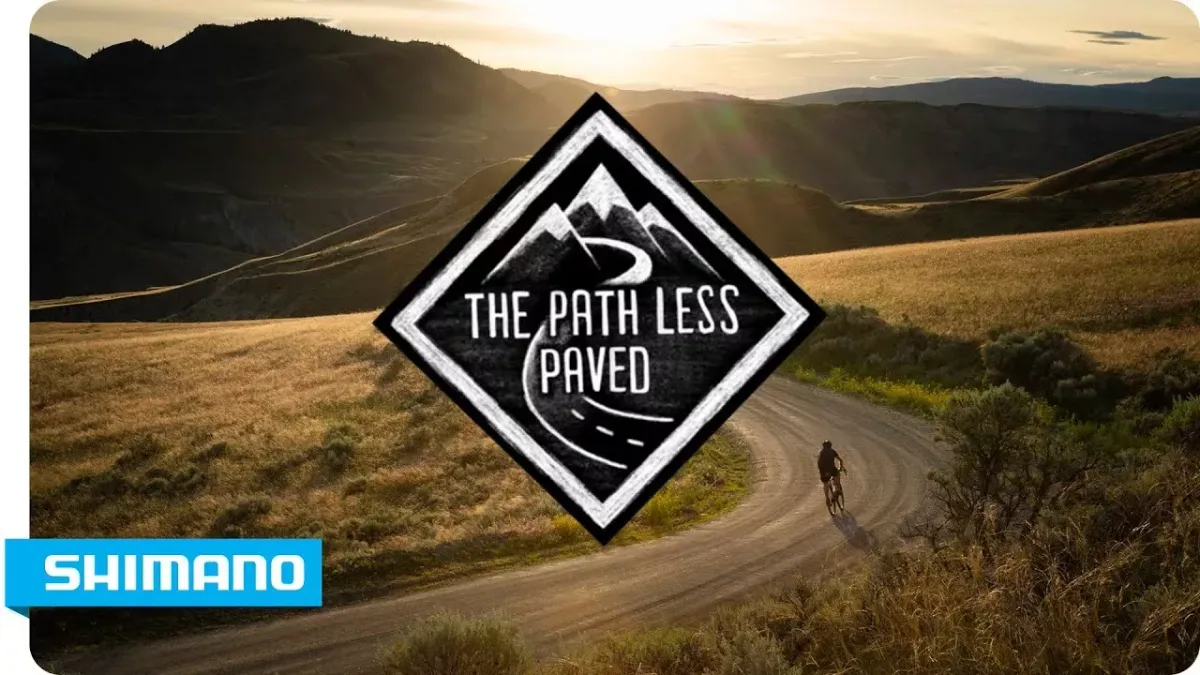The Path Less Paved

Following the Path Less Paved
For decades, cycling disciplines have diverged, and in some cases, even polarized from each other. Road bikes stay on the road and mountain bikes stay on the trails. But in our contemporary age of cross-functional design and innovative engineering, bikes have more recently started to transcend their own genres.
Take gravel biking. This relatively “new” sport is actually a reboot of what cycling was up until the mid-20th century, before concrete and asphalt roadways spread across the developed world. Now, gravel has taken the backcountry freedom and exhilaration of mountain biking and blended it with the speed, efficiency and achievable distances of road cycling. Skinny tires, but not too skinny. Powerful yet light hydraulic disc brakes. Gear ratios that encourage speed both up and down the terrain.
Gravel bikes evolved due to an insatiable demand for riders to explore. Not just a Trailforks route or a Strava segment, but capitalizing on the thousands of miles of dirt and gravel roads that exist in rural regions. The result is more bikes rolling through more of the landscape, unhindered by the need for constructed trails or an asphalt surface. Gravel follows the path less paved.





